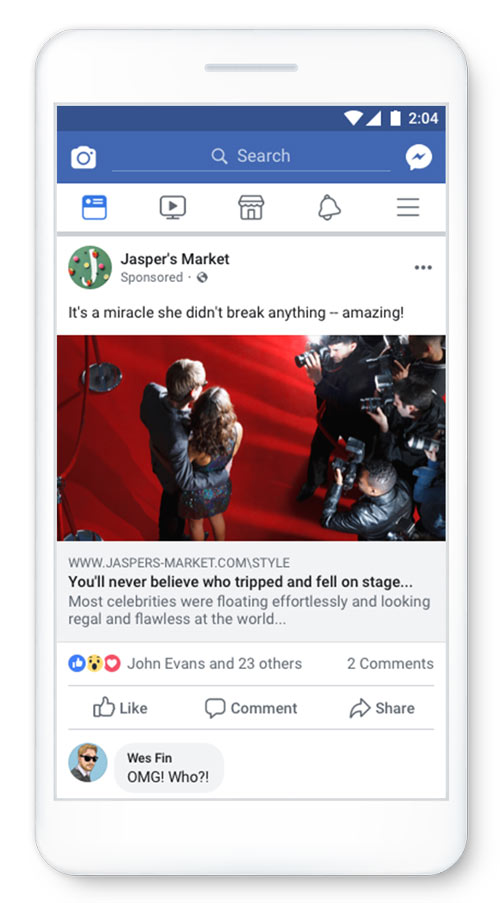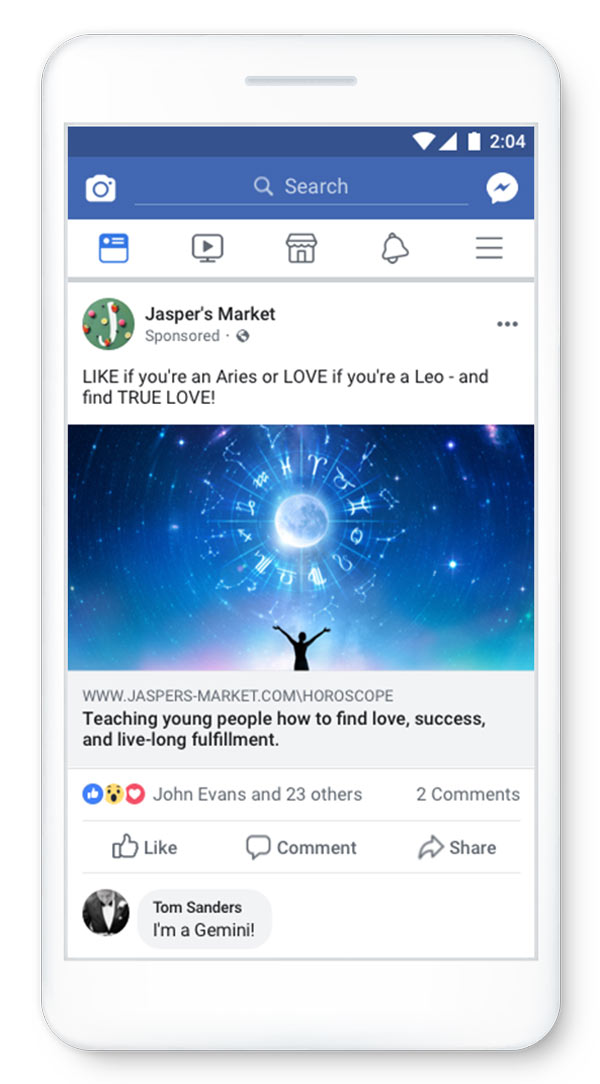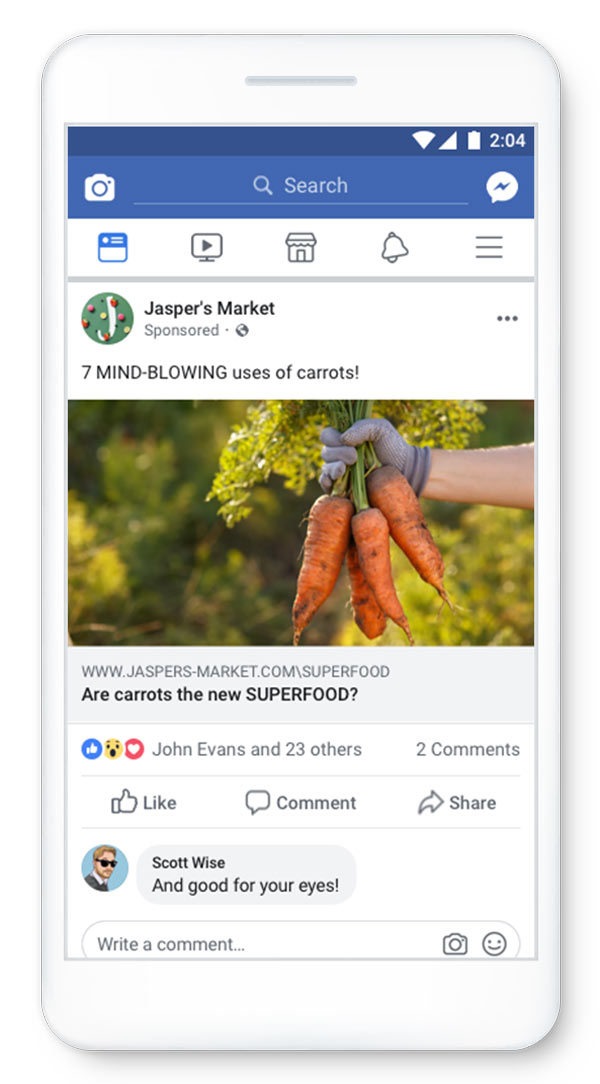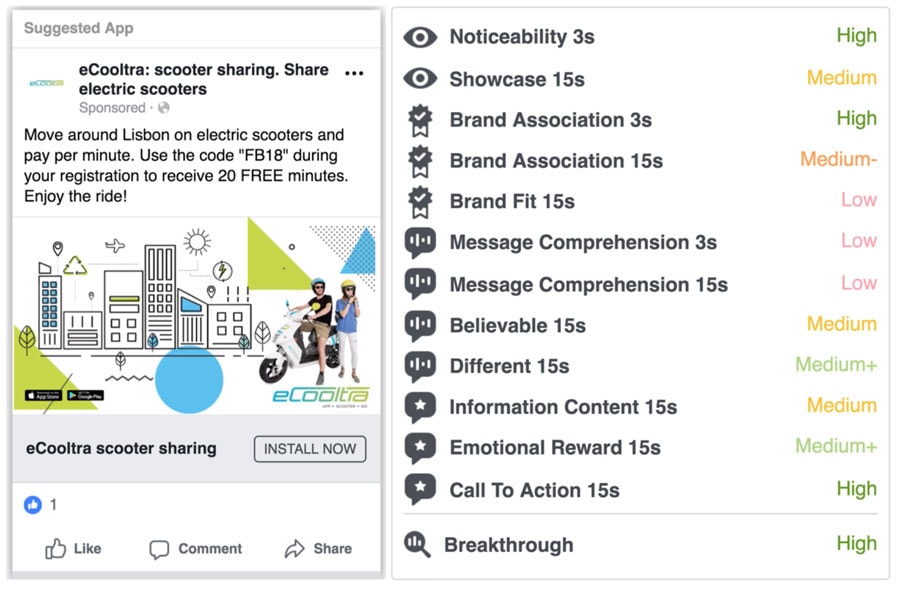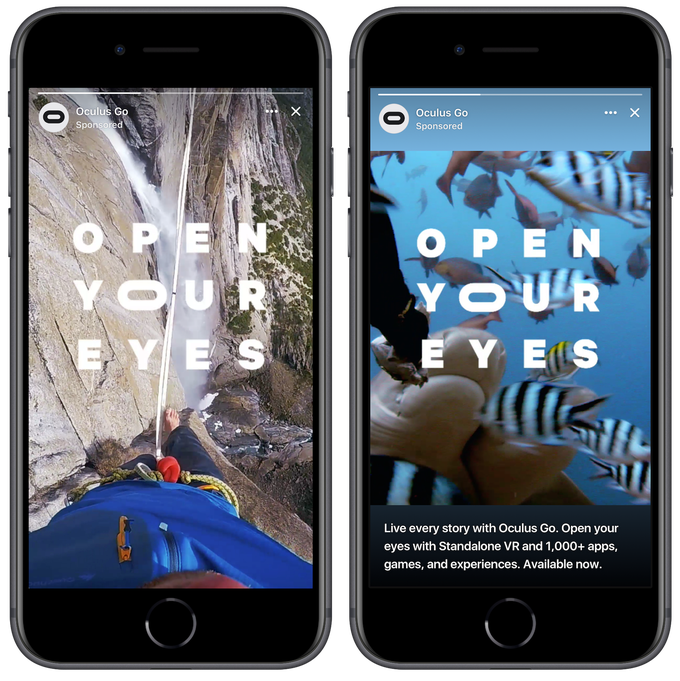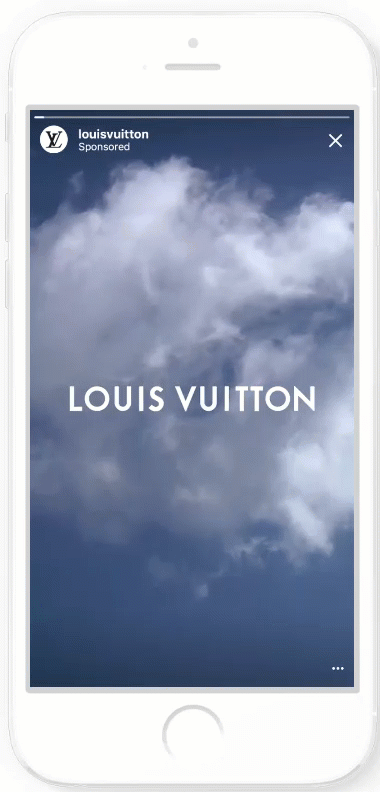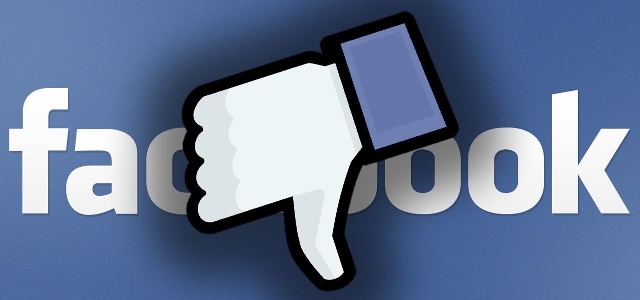Facebook is making a major change to how it handles advertising budget optimization. While it may lead to better ad performance, it also gives you less control over your ad campaigns.
Starting in September, Facebook will make all ad campaigns use campaign budget optimization. In plain English, this means that you will only be able to set the overall budget for your campaign. How much is distributed to each ad set within that campaign will be determined by Facebook’s algorithms and analytics.
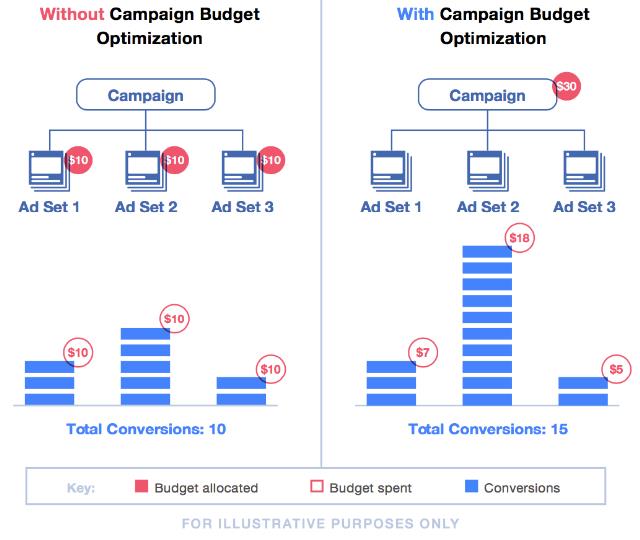
The main goal of the change is to automatically emphasize the best performing ad sets while minimizing wasted ad-spend on underperforming ad sets.
Currently, campaign budget optimization is available as an optional setting. However, in September it will become mandatory for all campaigns.
The implementation of campaign budget optimization across Facebook will likely have a significant impact on how brands choose to advertise, but it may pay off in the long run.
Facebook claims this form of optimization not only lowers costs but improves ad results at the same time.
In the announcement, Facebook mentions several specific benefits of campaign budget optimization:
- Capture the most results for your budget and lower your total cost per result.
- Save significant time with an automated process that eliminates the need to manually shift budgets between ad sets.
- A simplified campaign management process with fewer budgets to track and re-allocate during optimization.
- More efficient spending across audiences with a process that finds the lowest cost opportunities across all ad sets and the markets they target.
Facebook is announcing the change early to give both brands and advertisers time to begin adjusting to using campaign budget optimization. I would recommend trying it out for yourself now so that you can be prepared for when it becomes mandatory.

